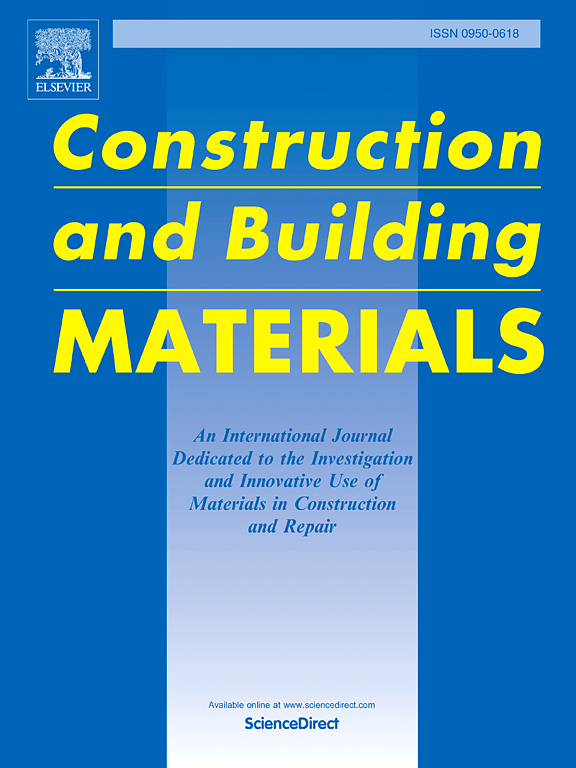Next-generation window design: Multi-criteria optimization for energy efficiency and comfort using improved thermal exchange optimization algorithm and DesignBuilder
IF 7.4
1区 工程技术
Q1 CONSTRUCTION & BUILDING TECHNOLOGY
引用次数: 0
Abstract
The strategic design of windows to increase a building's energy efficiency is critical for maximizing overall performance. To achieve the best results in reducing energy consumption, it is necessary to thoroughly investigate various issues related to window design. The determinants include the positioning of windows, the composition of the glass used, and the proportions of the windows. Consequently, it is critical to construct a comprehensive optimization strategy to effectively balance the interrelated aspects and generate an energy-efficient final design that provides a comfortable indoor atmosphere and meets the visual performance standards for the building. The present study utilized the Improved Thermal Exchange Optimization Algorithm through the DesignBuilder software for multi-objective optimization. Various parameters are investigated to determine their efficacy, and the Pareto technique is used to identify the most advantageous options. An initial examination of Pareto-optimum solutions is performed to highlight the orientation-related window parameters’ distribution. The study involves evaluating a model in a professional office setting, modifying window characteristics, and considering three unique design objectives. According to the findings, the proposed strategy produces the lowest annual average energy usage (70.4) for lighting, cooling, and heating. The current study's findings outperform those of earlier studies, indicating that the proposed model is more accurate and reliable.
下一代窗户设计:使用改进的热交换优化算法和DesignBuilder进行能源效率和舒适度的多标准优化
窗户的战略性设计提高了建筑的能源效率,这对于最大化整体性能至关重要。为了达到降低能耗的最佳效果,有必要深入研究与窗户设计相关的各种问题。决定因素包括窗户的位置、所用玻璃的组成和窗户的比例。因此,构建一个全面的优化策略来有效地平衡相互关联的方面,并产生一个节能的最终设计,提供舒适的室内氛围,满足建筑的视觉性能标准是至关重要的。本研究利用改进的热交换优化算法,通过DesignBuilder软件进行多目标优化。研究了各种参数来确定它们的有效性,并使用帕累托技术来确定最有利的选择。进行了帕累托最优解的初步检查,以突出与方向相关的窗口参数的分布。该研究包括在专业办公室环境中评估模型,修改窗口特性,并考虑三个独特的设计目标。根据研究结果,该策略在照明、制冷和供暖方面产生了最低的年平均能耗(70.4)。目前的研究结果优于早期的研究结果,表明所提出的模型更加准确和可靠。
本文章由计算机程序翻译,如有差异,请以英文原文为准。
求助全文
约1分钟内获得全文
求助全文
来源期刊

Construction and Building Materials
工程技术-材料科学:综合
CiteScore
13.80
自引率
21.60%
发文量
3632
审稿时长
82 days
期刊介绍:
Construction and Building Materials offers an international platform for sharing innovative and original research and development in the realm of construction and building materials, along with their practical applications in new projects and repair practices. The journal publishes a diverse array of pioneering research and application papers, detailing laboratory investigations and, to a limited extent, numerical analyses or reports on full-scale projects. Multi-part papers are discouraged.
Additionally, Construction and Building Materials features comprehensive case studies and insightful review articles that contribute to new insights in the field. Our focus is on papers related to construction materials, excluding those on structural engineering, geotechnics, and unbound highway layers. Covered materials and technologies encompass cement, concrete reinforcement, bricks and mortars, additives, corrosion technology, ceramics, timber, steel, polymers, glass fibers, recycled materials, bamboo, rammed earth, non-conventional building materials, bituminous materials, and applications in railway materials.
 求助内容:
求助内容: 应助结果提醒方式:
应助结果提醒方式:


